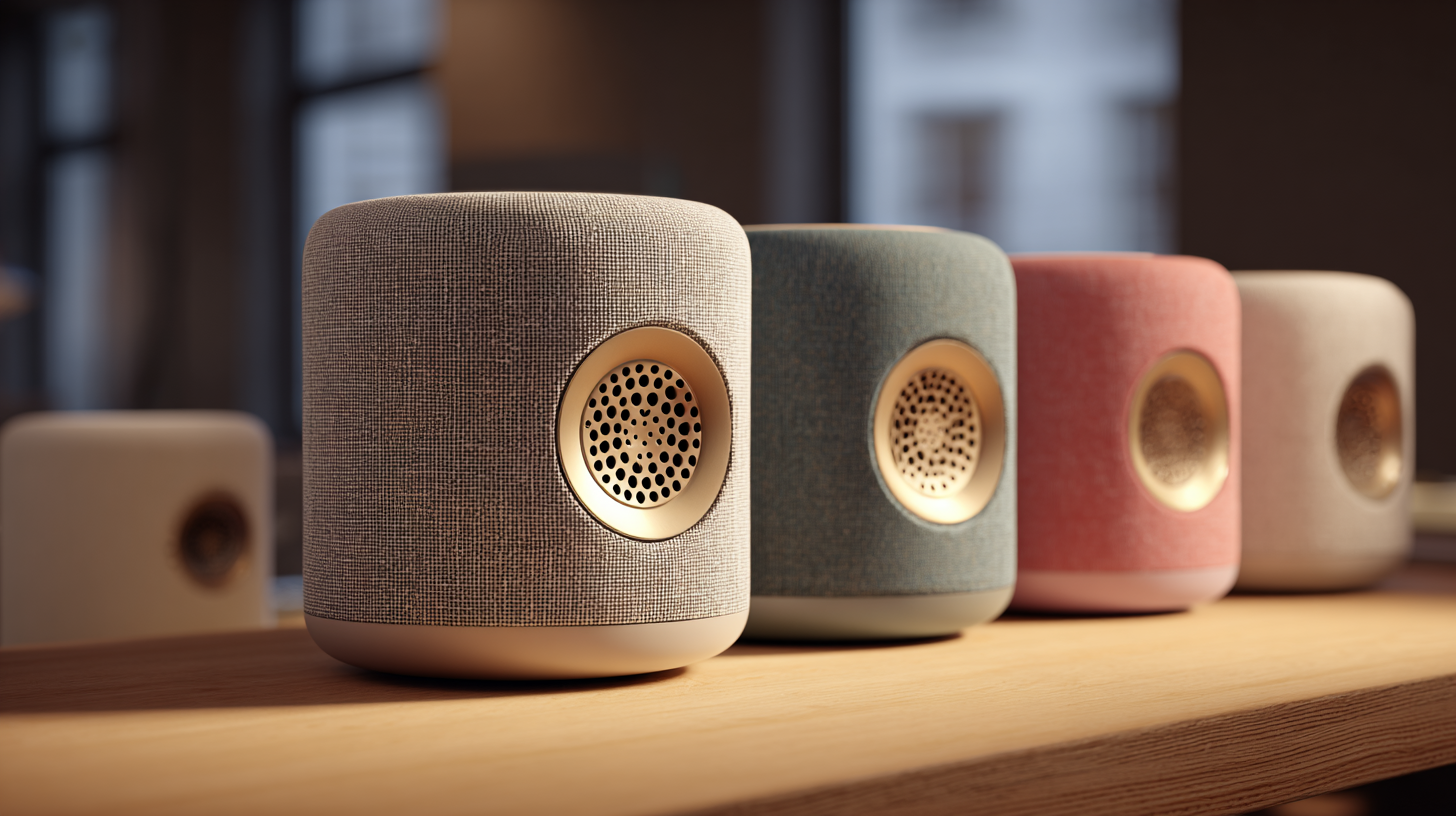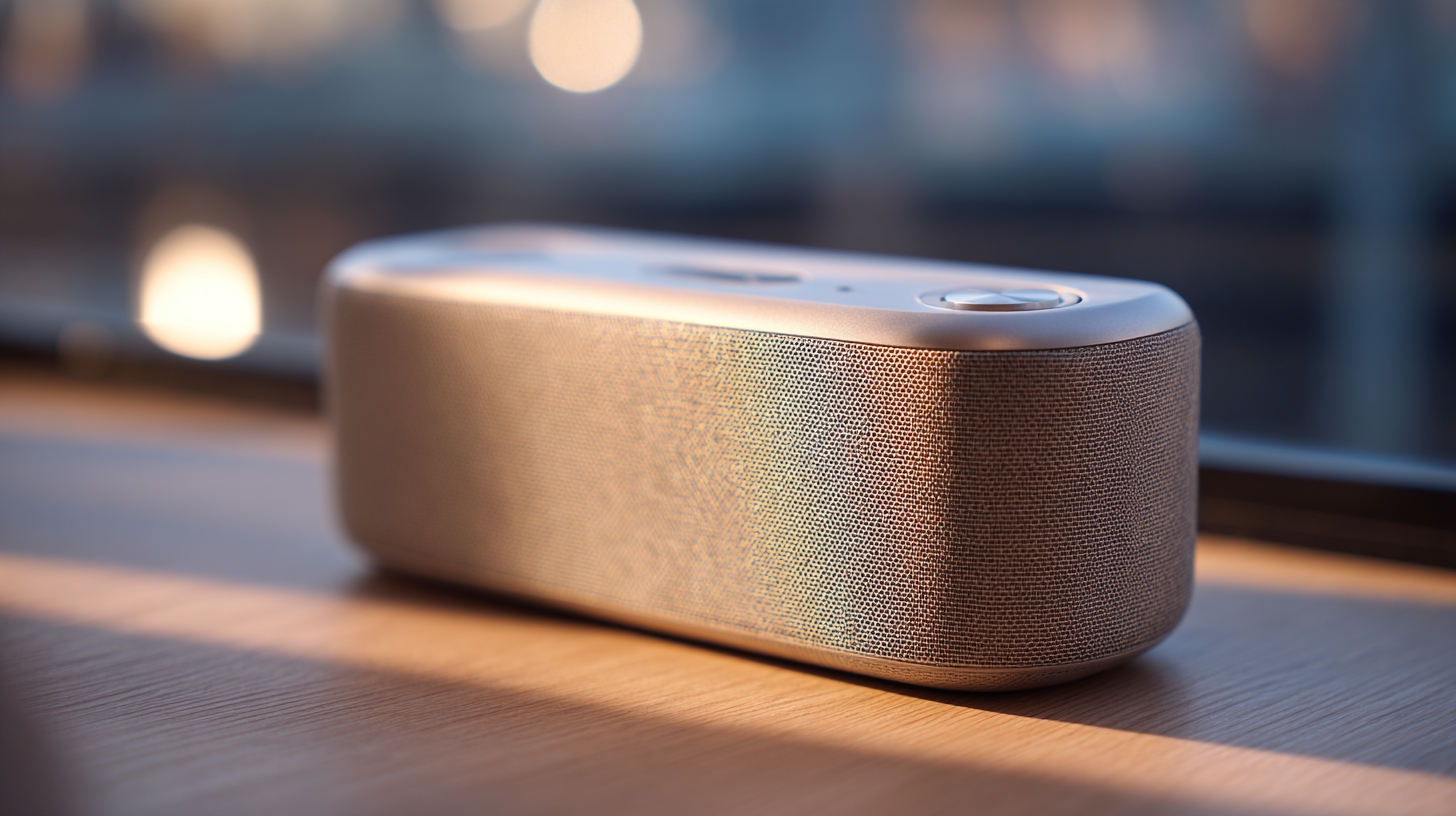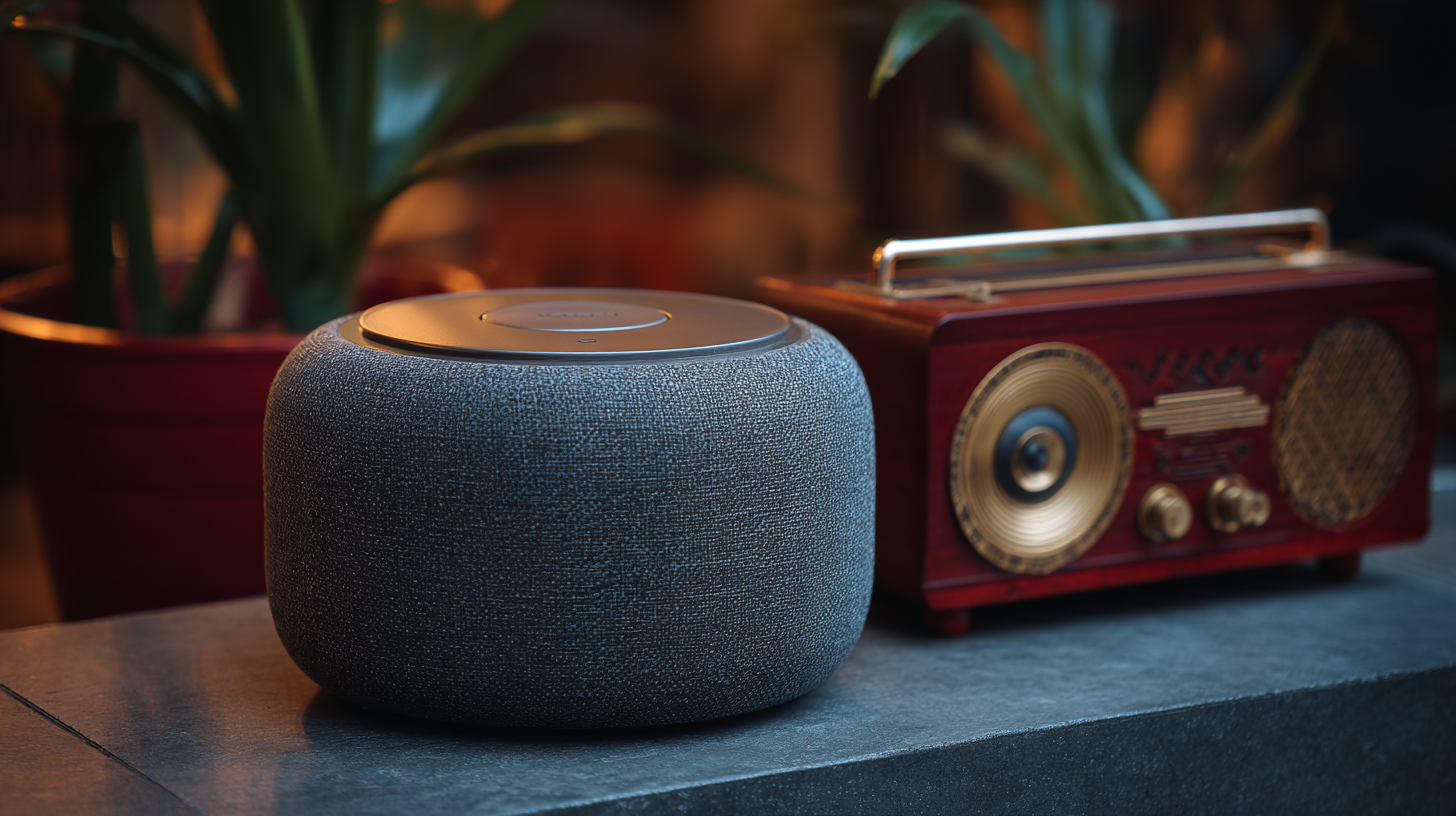In today's fast-paced world, the demand for high-quality Wireless Bluetooth speakers has surged, reflecting a broader trend in consumer electronics towards portability and convenience. According to a recent market report by Grand View Research, the global Bluetooth speaker market is expected to reach $22.5 billion by 2025, growing at a compound annual growth rate (CAGR) of 14.5%. This significant growth can be attributed to the increasing popularity of wireless audio solutions and the rise of smart devices.

With various options available, it becomes crucial to understand the industry standards that define the best Wireless Bluetooth speakers. In this blog, we will explore top strategies for selecting high-performance models, focusing on sound quality, battery life, and connectivity features, ensuring that consumers make informed choices in a rapidly evolving market.
When selecting a wireless Bluetooth speaker, understanding the key industry standards for performance is crucial for ensuring you make an informed decision. One of the primary metrics to consider is sound quality, which is often defined by frequency response, clarity, and volume level. Look for speakers that offer a wide frequency range, typically between 20 Hz to 20 kHz, as this spectrum allows for deeper bass and clearer treble. Additionally, the presence of advanced audio technologies like aptX and AAC can enhance the listening experience by ensuring higher fidelity audio transmission over Bluetooth.
Another important standard to take into account is battery life. A quality Bluetooth speaker should provide extended playback time, ideally lasting at least 10 to 20 hours on a single charge. This is particularly significant for users who wish to use their speakers during outings or for extended periods without access to power sources. Furthermore, consider the durability standards, such as IP ratings, which indicate water and dust resistance. Speakers with an IP67 rating, for example, are well-suited for outdoor use, ensuring they can withstand varying environmental conditions. By assessing these vital performance metrics, consumers can confidently choose a Bluetooth speaker that meets their needs and provides a satisfying listening experience.

When it comes to wireless Bluetooth speakers, sound quality is paramount. Consumers often prioritize portability and design, but neglecting sound can lead to a disappointing listening experience. High-quality audio reproduction ensures that music, podcasts, and other content resonate as intended, bringing out nuances that low-quality speakers may miss. Whether you’re listening to thumping bass lines or crystal-clear vocals, the ability of a speaker to deliver a rich, immersive sound is crucial for any auditory experience.
Moreover, sound quality in Bluetooth speakers is influenced by various factors, including driver size, speaker configuration, and digital signal processing technology. A larger driver typically produces deeper bass, while advanced DSP can enhance clarity and overall sound balance. As manufacturers continue to innovate in this space, it's essential for consumers to pay attention to these specifications when choosing a speaker. Investing in a Bluetooth speaker that prioritizes superior sound quality determines the ultimate satisfaction of your audio endeavors, whether at home, at a party, or on the go.
| Feature | Standard Value | Importance |
|---|---|---|
| Frequency Response | 20 Hz - 20 kHz | Ensures a full range of sound |
| Battery Life | 8-12 hours | Allows for extended use without charging |
| Bluetooth Version | 5.0 or higher | Improves connectivity and range |
| Water Resistance Rating | IPX4 or higher | Protects against splashes and spills |
| Driver Size | 4-8 inches | Impacts sound clarity and volume |
When selecting a wireless Bluetooth speaker, understanding battery life and efficiency standards is crucial. The battery life of a speaker is often a key selling point, as it directly impacts the user experience. Generally, consumers should look for speakers that offer at least 10 hours of playtime on a single charge. This standard ensures that users can enjoy extended listening sessions without constantly worrying about recharging. Additionally, it's important to consider how efficient the battery is; high-quality Bluetooth speakers utilize advanced battery technologies that not only enhance playtime but also reduce unnecessary energy consumption.
Another aspect to evaluate is the speaker's charging speed and the type of charging technology used. Fast-charging capabilities can significantly improve user convenience, allowing users to quickly recharge their devices during short breaks. Furthermore, many speakers now incorporate USB-C charging, which provides versatility and aligns with current tech standards. It’s important to check if the speaker can maintain performance during charging, allowing for seamless music playback. By keeping these battery life and efficiency attributes in mind, consumers can make informed decisions that enhance their wireless listening experience.
In the rapidly evolving market of wireless Bluetooth speakers, durability and design have become critical factors influencing consumer choices. According to a report by Statista, nearly 70% of consumers prioritize robust build quality when selecting a speaker, reflecting a growing awareness of the speaker's ability to withstand outdoor conditions. As lifestyles become more active, manufacturers are increasingly focusing on materials that can endure exposure to elements like water and dust. For instance, speakers with an IP67 rating, which indicates complete dust-tightness and protection against immersion in water, have gained significant traction among industry leaders.

In terms of design, aesthetics coupled with functionality plays a key role in the competitiveness of Bluetooth speakers. A survey conducted by Future Market Insights revealed that 55% of consumers view portability and stylish design as essential attributes. This trend has led companies to innovate by integrating sleek designs with ergonomic features, ensuring ease of transport without compromising audio quality. As brands like JBL and Bose continue to set benchmarks with their rugged yet visually appealing products, it’s clear that excelling in both durability and design is not just beneficial but necessary in catering to today’s discerning audiophiles.
When selecting the best wireless Bluetooth speakers, it's essential to consider compatibility and connectivity specifications to ensure seamless integration with your devices. Different models may support varying Bluetooth versions, which can impact the range, power consumption, and compatibility with older devices. For instance, opting for speakers with Bluetooth 5.0 or higher often provides enhanced stability and connectivity options, making them suitable for a wider range of devices.
Moreover, look for speakers that offer additional connectivity options such as NFC pairing or auxiliary input. These features can significantly improve usability, allowing you to connect your speaker to multiple devices effortlessly. Knowing the specifications such as battery life and charging methods will also help in making a well-informed decision.
**Tips:** When shopping, always check for user reviews that mention connectivity experiences. This can provide insight into real-world performance and compatibility issues. Additionally, ensure your devices support the necessary profiles (A2DP for audio streaming, for example) to maintain sound quality. Finally, consider the environment you'll use the speaker in; certain models boast better performance in outdoor settings than indoors.
